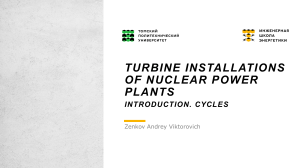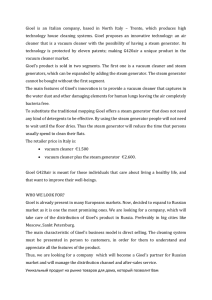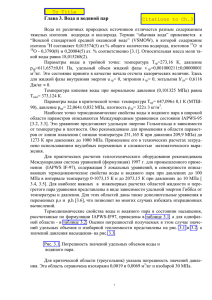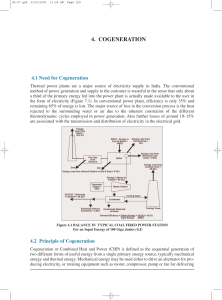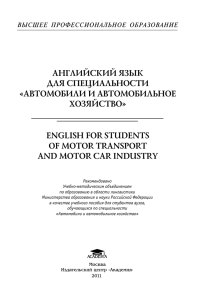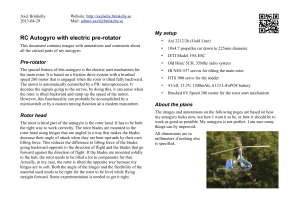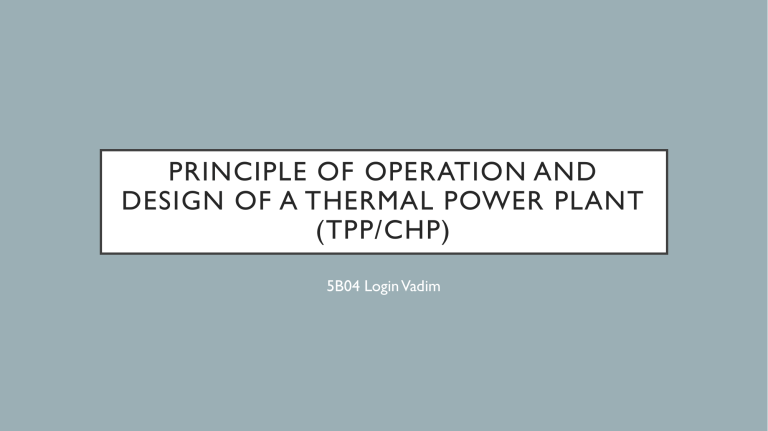
PRINCIPLE OF OPERATION AND DESIGN OF A THERMAL POWER PLANT (TPP/CHP) 5B04 Login Vadim Thermal power plants (TPPs) run on fossil fuels. It burns in a furnace, and the energy of chemical bonds is converted into heat energy from the products of combustion - water and carbon dioxide. The heat heats the water in the steam boiler and turns it into hot steam, which rushes under tremendous pressure into the turbine. At its blades, the steam's thermal energy is converted into mechanical energy. The steam cools and expands, and the turbine spins and turns the rotor of the electric generator, which converts the mechanical energy of rotation into electrical energy. After passing through transmission lines and transformer substations, the electricity reaches homes, schools, stores and factories. The described scheme is considered to be the classical scheme, and TPPs operating under this scheme are called condensing, or CES. Schematic diagram of a classical combined heat and power plant PRINCIPLE OF OPERATION The scheme of CHPP operation is quite simple. Fuel and heated air - oxidizer enter the furnace simultaneously. The most common fuel at Russian CHPPs is pulverized coal. The heat from the combustion of coal dust turns the water entering the boiler into steam, which is then fed under pressure to the steam turbine. The powerful steam flow makes it rotate, driving the generator rotor, which converts mechanical energy into electrical energy. Then the steam, which has already significantly lost its original parameters - temperature and pressure - enters the condenser, where after a cold «water shower» it becomes water again. Then the condensate pump pumps it to the regenerative heaters and then to the deaerator. There, the water is freed from gases such as oxygen and CO2, which can cause corrosion.The water is then heated again from steam and fed back to the boiler. HEAT SUPPLY The second, no less important function of the CHPP is to provide hot water (steam) for the central heating systems of nearby settlements and for domestic use. In special heaters, cold water is heated to 70 degrees in summer and 120 degrees in winter, after which it is supplied by network pumps to a common mixing chamber and then through a system of heating mains to consumers. Water reserves at the CHPP are constantly replenished. HOW GAS-FIRED THERMAL POWER PLANTS WORK Compared to coal-fired TPPs, TPPs with gas turbine units are much more compact and environmentally friendly. Suffice it to say that such a plant does not need a steam boiler. A gas turbine unit is essentially the same as a turbojet aircraft engine, where, unlike it, the jet is not emitted into the atmosphere, but rotates the rotor of the generator. At the same time, emissions of combustion products are minimal. «OXYFUEL CAPTURE» Here, too, pure oxygen is used as an oxidizing agent when burning coal. Only in contrast to the previous method, steam is generated at the moment of combustion, which drives the turbine into rotation. The ash and sulfur oxides are then removed from the flue gases, cooled and condensed. The remaining carbon dioxide is pressurized at 70 atmospheres into a liquid state and placed underground. «PRE-COMBUSTION» Coal is burned in the "normal" mode - in the boiler mixed with air. The ash and SO2 - sulphur oxide - are then removed. Next, CO2 is removed with a special liquid absorbent, after which it is utilized by burial. «OXYFUEL CAPTURE»
